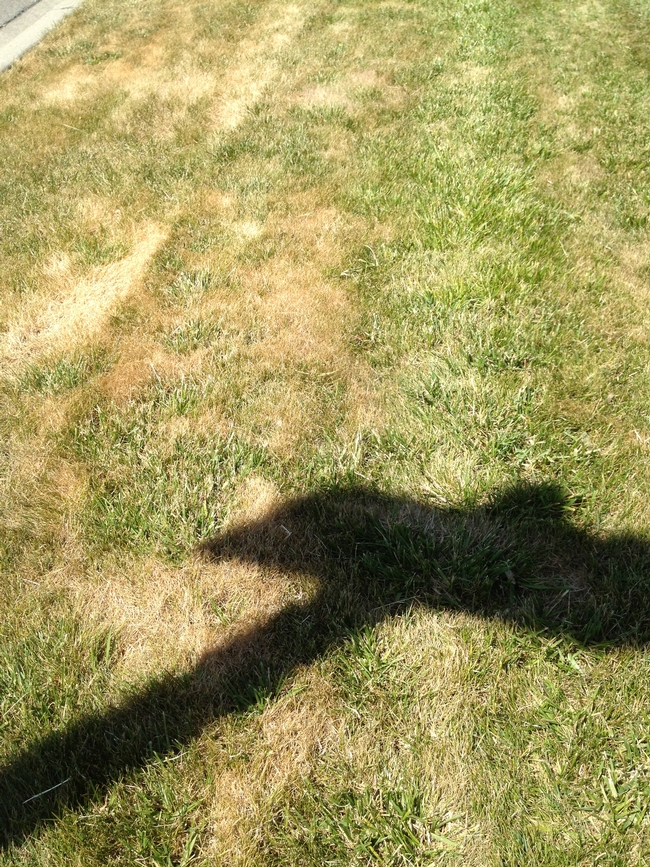Turfgrass Help
I am a turf gardener so I get a sense of satisfaction when my grass is full, dark green and lush on hot summer days. It takes proper year round care to make it through an entire Northern California summer unscathed by the changing conditions. The summer season introduces heat, wind, pests, and uneven watering patterns that turf gardeners in our region need to prepare for to ensure summer success. I want to provide a few tips on how to better prepare your turf for this season. It is important to mow turf regularly and to mow at the correct length for the conditions. It is critical to cut the lawn at a longer, higher length during the summer than you might the rest of the year. Turf that is cut at a longer length protects the roots from the midday heat and maintains moisture by slowing evaporation. Longer blades of grass also help prevent wind from drying out the topsoil. An important decision for turf a gardener is how often to water the grass when it is hot outside. Research shows that it is most effective to water deeply only a couple times a week rather than watering shallow and more frequently. An irrigation survey can be helpful in determining your ideal watering needs but a good rule of thumb if you don’t have time for a survey is to water at least twice a week until the soil is thoroughly saturated. In other words, a good deep drenching twice a week is better than 10 minutes every day. A quarterly fertilizer regiment should be implemented before the summer is in full swing to keep the roots well fed. Fertilizers should not be applied during warm summer days. Other treatments that you might consider are dethatching and aerating your turf to improve air flow to the roots and prevent disease. The most important tip to take from this blog is to raise the blade on your mower now through October to increase the length of the cut during the summer months. That tip alone should keep your turf healthier than it normally would if you were mowing at lower golf course levels. I attached a couple photos of grass being cut too short and not being watered deeply enough for reference.

Examples of unhealthy turf. (photos by Ed Walbolt)

dry turff


Should I go to longer watering-20 to 30 mins 2 to 3?
Could those spots be rust? I am watering around 7:00am.
Posted by mike on May 19, 2012 at 7:08 AM